- Introduction of CSDS: Canadian Sustainability Disclosure Standards (CSDS) aim to standardize sustainability reporting, improving corporate transparency.
- Framework: Developed by the Canadian Sustainability Standards Board, CSDS aligns with international standards and offers transitional relief for Scope 3 emissions.
- Mandatory Timing: Voluntary from January 1, 2025, with possibilities of future mandates; companies need to prepare for compliance.
- Benefits & Risks: Adopting CSDS aids in risk management, aligns with investor expectations, and reinforces Canada's global sustainability leadership.
- Arbor's Solutions: Arbor assists businesses in accurately reporting emissions, identifying carbon hotspots, and ensuring data transparency for CSDS compliance.
May 2025 Regulatory Update: Mandatory CSDS paused
On April 23, 2025, Canadian companies expecting to face new mandatory climate disclosure rules received a significant regulatory update.
The Canadian Securities Administrators (CSA) announced a pause on mandatory climate-related or diversity-related sustainability disclosures, citing “rapid and significant international developments”, including changes in the U.S. SEC’s Climate Disclosures and the EU’s CSRD.
What does this mean?
- CSDS (Canadian Sustainability Disclosure Standards) are no longer set to become mandatory in the immediate future.
- The standards, released by the CSSB, still offer best-practice guidance for Canadian companies and public issuers seeking credible and comparable sustainability reporting.
- Voluntary adoption of CSDS is encouraged by Canadian and global stakeholders, especially for companies with global supply chains, institutional investors, or ambitious climate strategies.
As the CSA reviews its regulatory approach, preparing for CSDS voluntary alignment is still a strategic move, ensuring readiness for future requirements, market pressure, and investor expectations for transparent carbon data.
Introduction
Canada is making substantial moves to improve corporate transparency and accountability when it comes to sustainability reporting.
At the forefront of these efforts is the Canadian Sustainability Disclosure Standards (CSDS).
Developed by the Canadian Sustainability Standards Board (CSSB), these proposed standards aim to change the way Canadian businesses disclose sustainability and climate-related financial information.
The CSSB released CSDS 1 and CSDS 2 on December 18, 2024, marking an important milestone in standardizing sustainability disclosures.
Let’s explore what CSDS entails, how it works, what it requires, and its impact on businesses across Canada.
What is CSDS?
The Canadian Sustainability Disclosure Standards (CSDS) are a set of proposed guidelines designed by the Canadian Sustainability Standards Board (CSSB) to enhance transparency in sustainability and climate-related financial disclosures.
The CSDS framework, tailored for Canadian enterprises, is derived from the International Sustainability Standards Board (ISSB) framework and is customized to reflect unique Canadian concerns and requirements. The goal of the ISSB and CSSB is to create a consistent global framework. The CSSB has ensured that the CSDS standards align with existing IFRS standards, differing only in transition periods.
CSDS 1 and CSDS 2 are voluntary as of their release, pending mandates by regulators such as the Canadian Securities Administrators (CSA). By aligning with international frameworks such as the IFRS, the CSSB aims to maintain a global baseline while addressing Canadian-specific priorities.
How does CSDS work?
CSDS includes two main standards serving as the foundation for corporate sustainability reporting:
CSDS 1: General Requirements for Disclosure of Sustainability-related Financial Information
CSDS 1 mandates entities to disclose information about sustainability-related risks and opportunities, impacting their access to finance or cost of capital over short, medium, and long-term periods.
It prioritizes providing primary users of financial reports with essential information for informed decision-making:
- Objective: This standard aims to ensure that disclosures provide insights into sustainability-related risks and opportunities, impacting an entity's financial capabilities.
- Scope and Materiality: Applies to risks and opportunities affecting an entity’s prospects, requiring the disclosure of material information that can influence financial decisions.
- Core Content: Encompasses governance, strategy, risk management, and metrics, ensuring that disclosures are complete and faithfully represent the situation.
- Comparability and Connectivity: Encourages a consistent presentation, linking various aspects of disclosures to provide a comprehensive perspective.
- Location & Timing: Disclosures must integrate with general-purpose financial reports and synchronize with the timing of financial statements.
CSDS 2: Climate-related Disclosures
CSDS 2 focuses on climate-specific financial disclosures, mirroring the structure of CSDS 1 but tailored to address climate risks and opportunities:
- Objective and Scope: Details on climate-related physical and transition risks, as well as opportunities affecting organizational prospects.
- Core Content: Similar themes of governance, strategy, risk management, and metrics are applied, with a strong emphasis on climate resilience and scenario analysis.
- Greenhouse Gas Emissions Reporting: Divides emissions into Scope 1, 2, and 3, compelling companies to quantify their carbon footprint throughout their value chain.
What are the requirements of CSDS?
CSDS compliance involves several key reporting requirements:
- Disclosure of Risks and Opportunities: Companies must identify and disclose sustainability-related risks and opportunities that could impact their future outlook.
- Scope 3 Greenhouse Gas Emissions Reporting: A critical requirement is reporting emissions throughout the value chain of the company. To provide additional transition help, companies are not required to disclose their Scope 3 GHG emissions for the first year.
- Detailed Value Chain Information: Businesses must explain how climate-related risks and opportunities could affect their entire value chain.
- Consistent Presentation Standards: Disclosures must follow specific content and presentation standards to maintain stakeholder usefulness.
Who needs to comply with CSDS?
CSDS 1 and CSDS 2 are voluntary. As a standard-setting organization, the CSSB does not have the authority to mandate its standards.
This job is left to regulators like the Canadian Securities Administrators (CSA) and other bodies, such as the Office of Superintendent of Financial Institutions (OSFI), who are pivotal in determining the scope of entities subject to compliance with CSDS.
Regulatory bodies will define who must comply, broadening the anticipation and readiness across various corporation types pending regulatory clarity.
What does CSDS mean for Scope 3?
Scope 3 emissions reporting is a significant aspect of the Canadian Sustainability Disclosure Standards (CSDS), as it presents unique challenges and opportunities for businesses. Here's a closer look at what this entails:
Timing and methodology
- Transition Relief: CSDS includes additional transition relief for Scope 3 emissions reporting. This provides companies with more time to adapt to the new requirements, especially given the complexity of tracking these emissions. Accurately measure and report with Arbor.
- Methodological Considerations: To meet CSDS requirements, businesses will need to adopt standardized methodologies for calculating and reporting Scope 3 emissions, such as those outlined in the Greenhouse Gas Protocol Corporate Value Chain (Scope 3) Accounting and Reporting Standard (2011). This approach facilitates consistent and comparable data, which is essential for meaningful sustainability reporting and benchmarking across different industries.
Who should be concerned?
Companies heavily reliant on Scope 3 emissions should pay particular attention to these guidelines. If 80% or more of a company’s total CO2 emissions fall under Scope 3, aligning with CSDS is critical. Specific examples include:
- Retail and Consumer Goods: Companies in these industries often see large portions of their emissions in supply chain logistics and distribution.
- Automotive Manufacturers: These firms must account for emissions from their supply chains, including parts procurement and vehicle distribution.
- Food and Beverage: Sourcing, production, and distribution processes contribute significantly to Scope 3 emissions.
When does CSDS become mandatory?
Previously, Canadian public companies were expected to begin mandatory CSDS reporting as early as 2025, with phased reporting for Scope 3 emissions over the next few years.
But the April 2025 CSA announcement has postponed the regulatory timeline.
- As of spring 2025, mandating CSDS is on hold.
- Adoption is voluntary for Canadian companies, but is still encouraged for maintaining investor trust, preparing for future requirements, and fulfilling growing supply chain obligations.
If your company operates in apparel, retail, sporting goods, manufacturing, or exports to regulated markets, preparing for CSDS-style voluntary reporting builds resilience and competitiveness.
Why should you care about CSDS?
Understanding and aligning with CSDS is essential for several reasons:
- Regulatory Landscapes: Across the globe, mandated sustainability disclosures are becoming more prevalent, and compliance is likely.
- Investor Expectations: Detailed sustainability reports are increasingly demanded by investors who use them to make investment decisions.
- Global Standing: Adhering to internationally recognized standards ensures that Canada remains a leader in sustainable business practices.
- Risk Management: Early adoption helps identify and strategically address potential sustainability-related risks.
How can Arbor help you with CSDS?
Arbor provides a vital solution for navigating CSDS obligations through its adept carbon accounting platform.
Here’s how Arbor assists:
- Scope 1,2,3 Reports: Most companies rely on spend-based estimates for Scope 3 emissions, which lump financial data together and overlook the specifics of their supply chains. Arbor’s expertise lies in using the business data you already have to provide accurate reports tailored to your operations.
- Efficient Carbon Footprint Calculation: Arbor’s automated processes allow companies to quickly and accurately assess product carbon footprints.
- Identifying Carbon Hotspots: The platform helps spotlight emission-heavy areas in supply chains, aiding better management and scope 3 reduction.
- Data Transparency for Reporting: Arbor equips businesses with the necessary data to meet transparency and compliance requirements outlined by CSDS 2, Climate-related disclosures.
Summary
The Canadian Sustainability Disclosure Standards (CSDS) represent major progress in sustainability reporting.
Although not yet mandatory, forward-thinking companies should begin aligning with these standards.
By doing so, businesses can enhance sustainability efforts, meet investor expectations, and prepare for regulatory changes.
Starting now enables companies to fulfill current reporting needs and strengthen their role in Canada's sustainable economic future.
Request a demo to see how Arbor can help with CSDS.
Measure your carbon emissions with Arbor
Simple, easy carbon accounting.
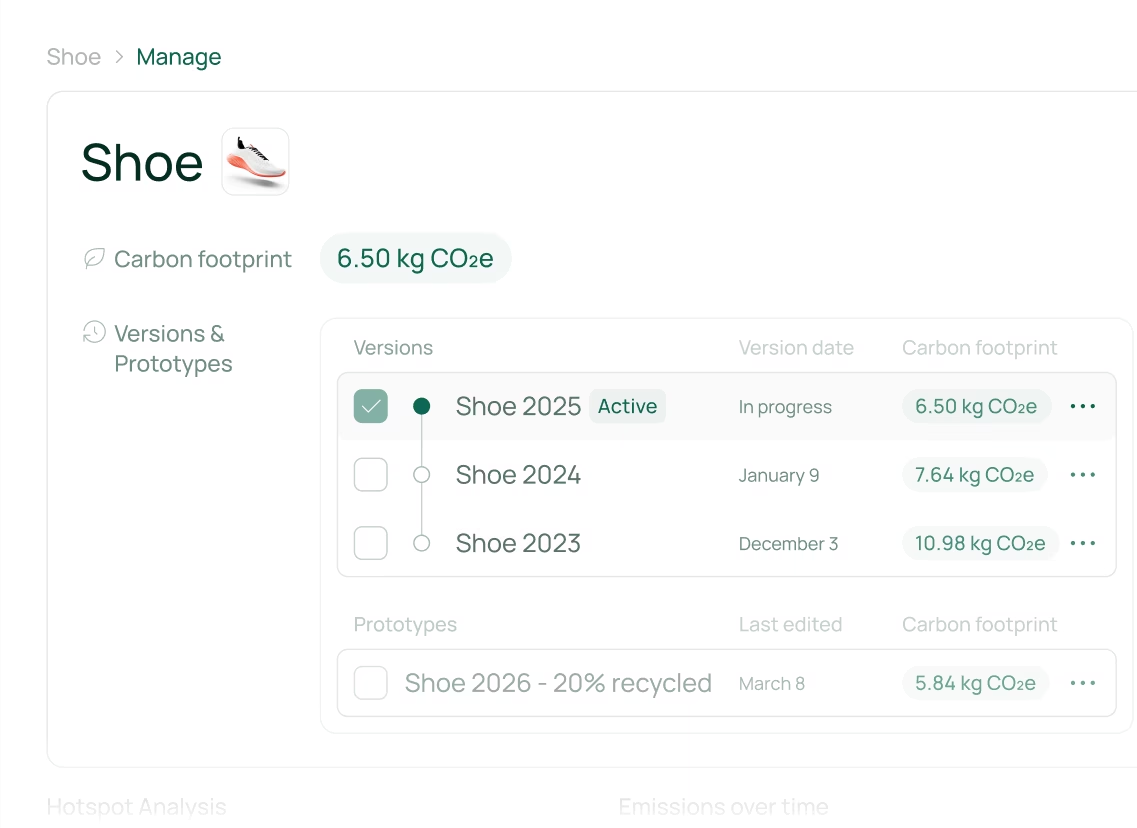


%20Arbor.avif)
%20Directive.webp)
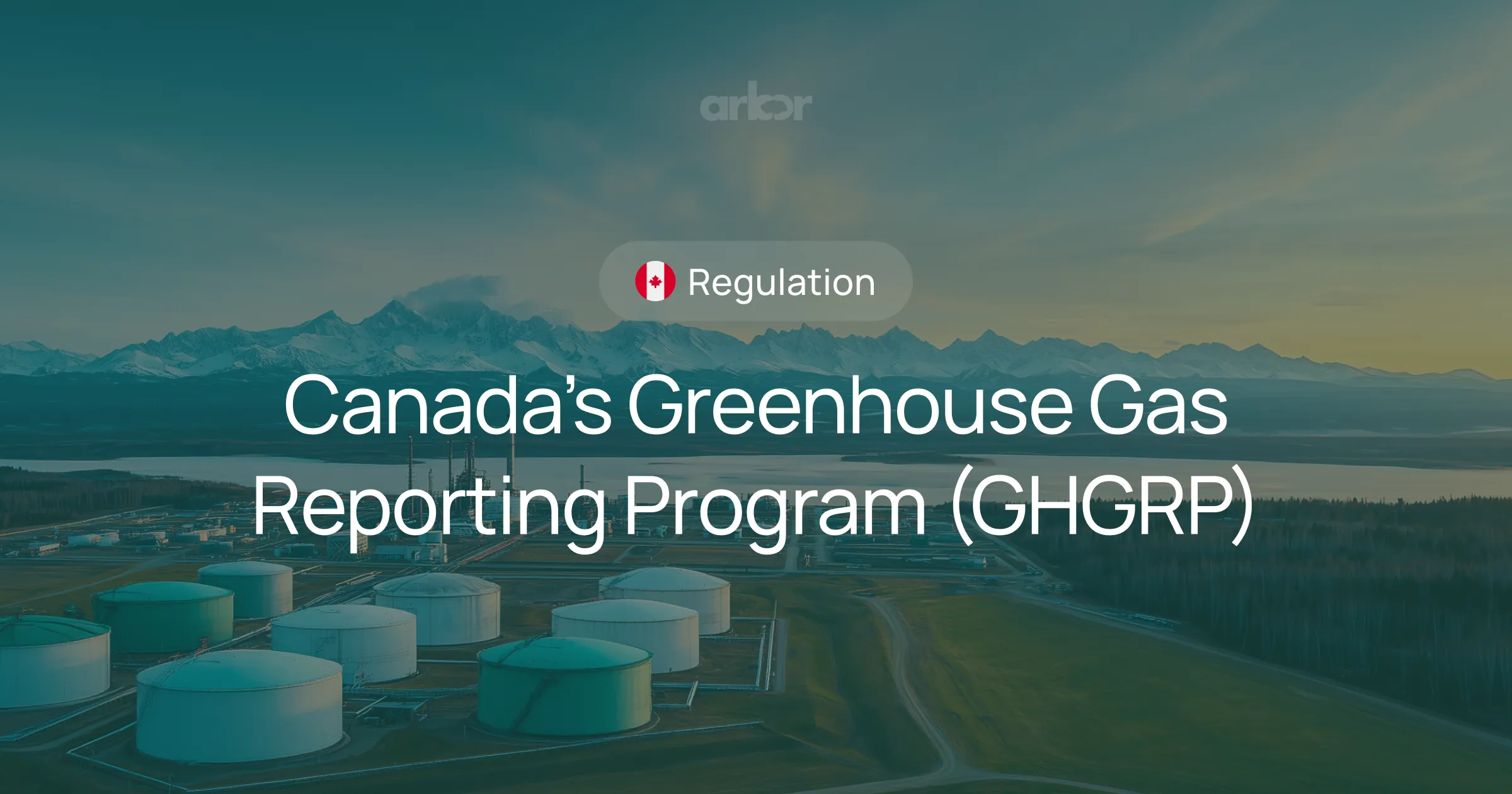

.webp)
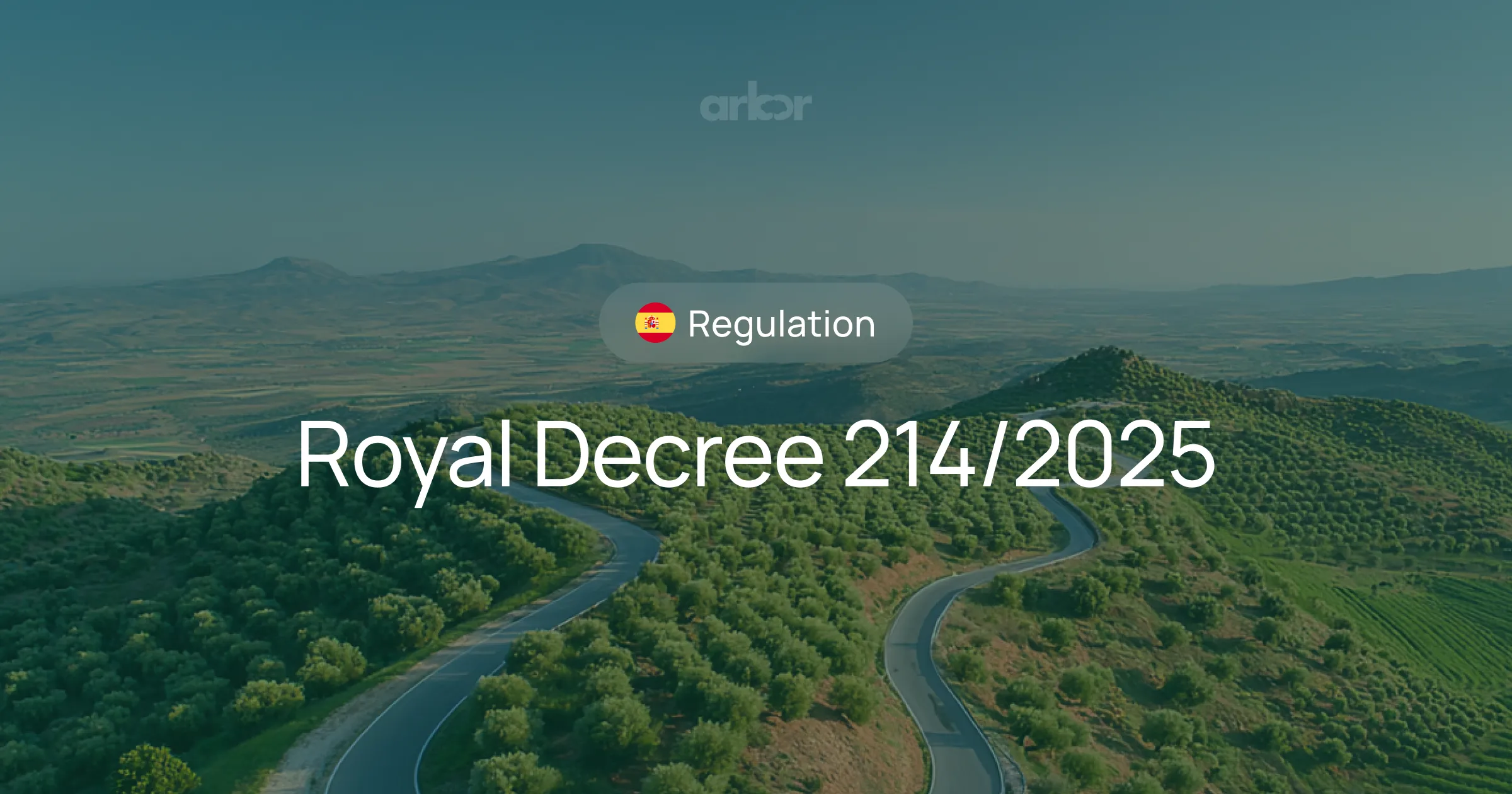
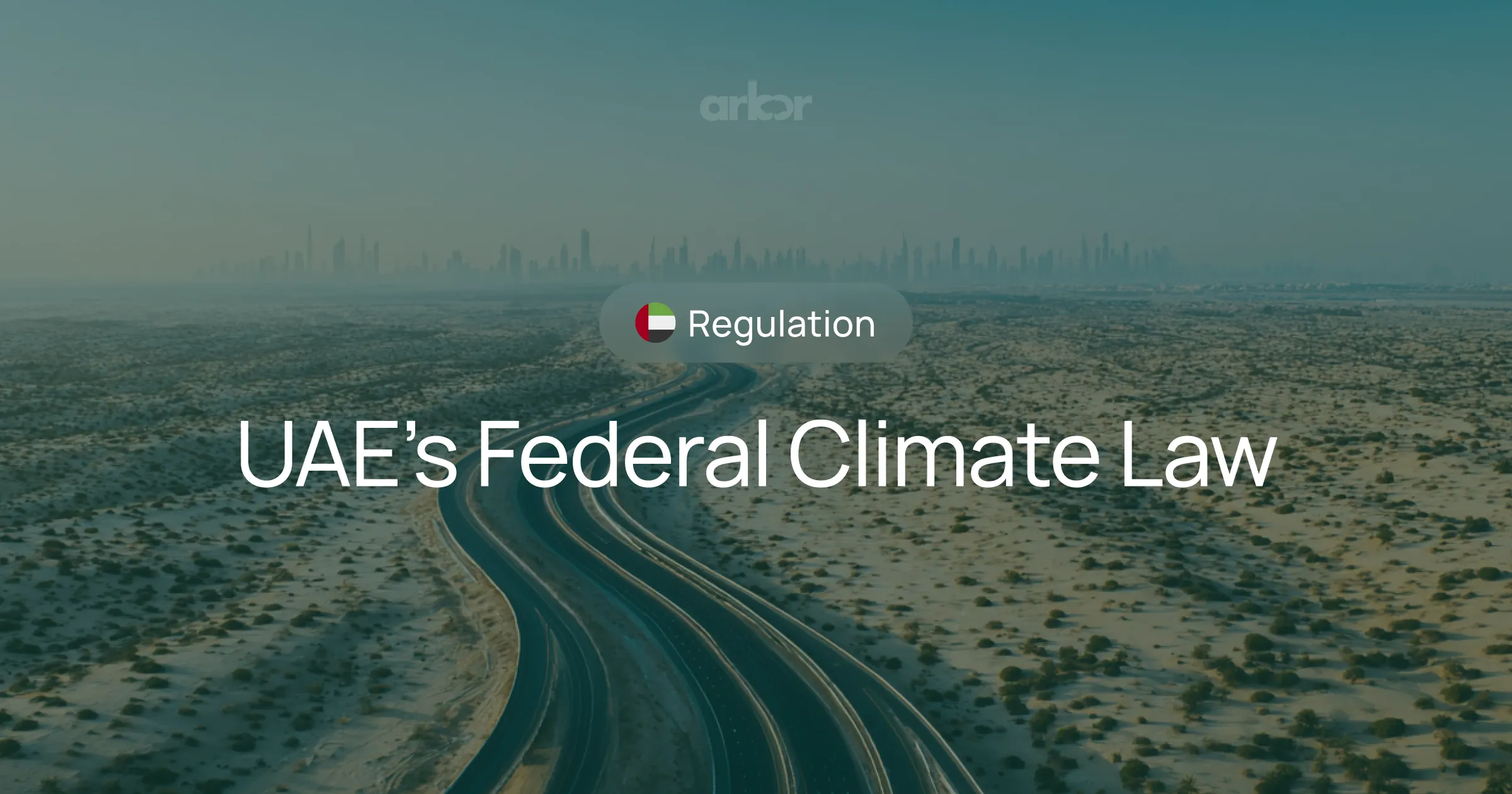
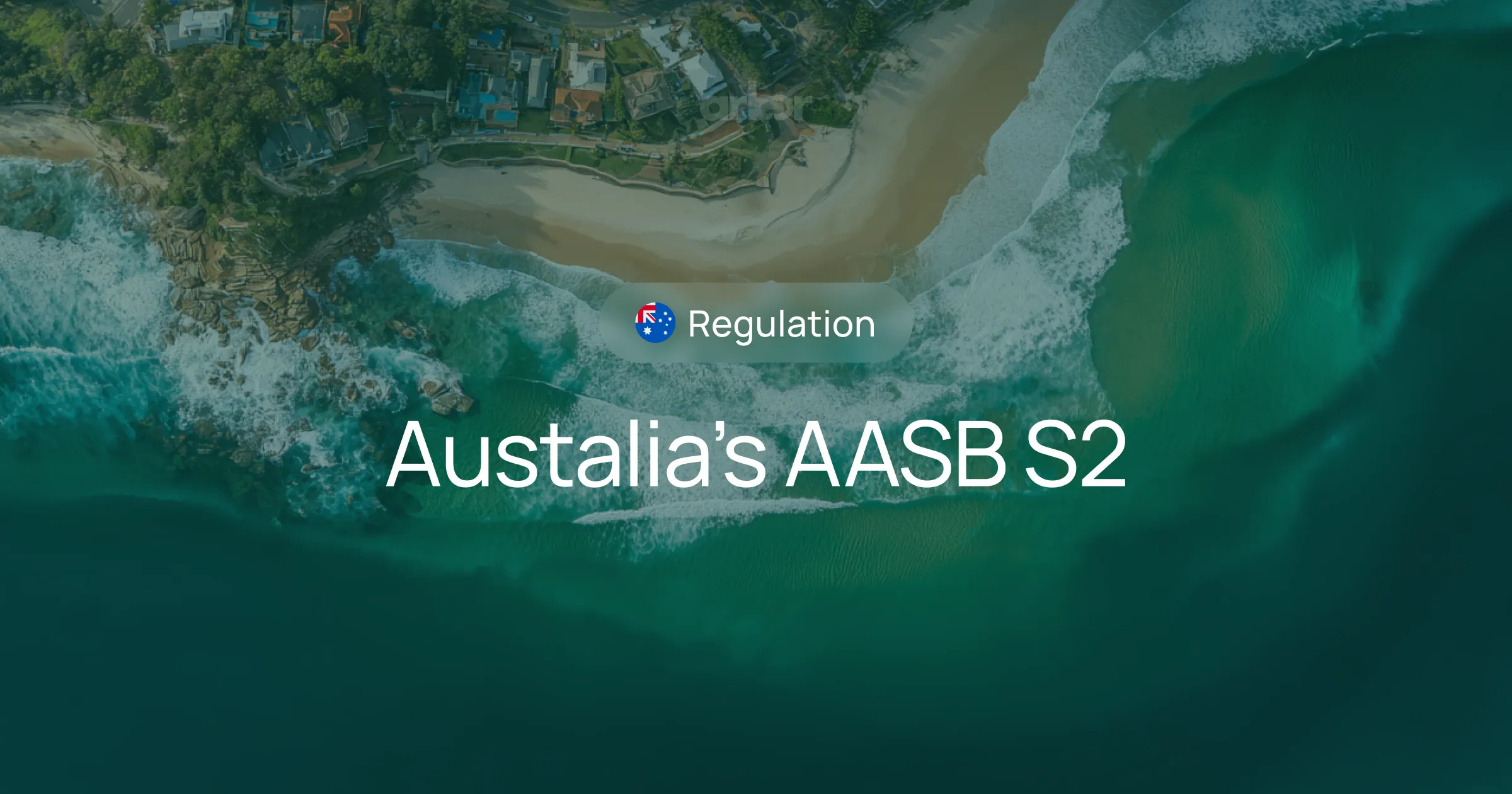
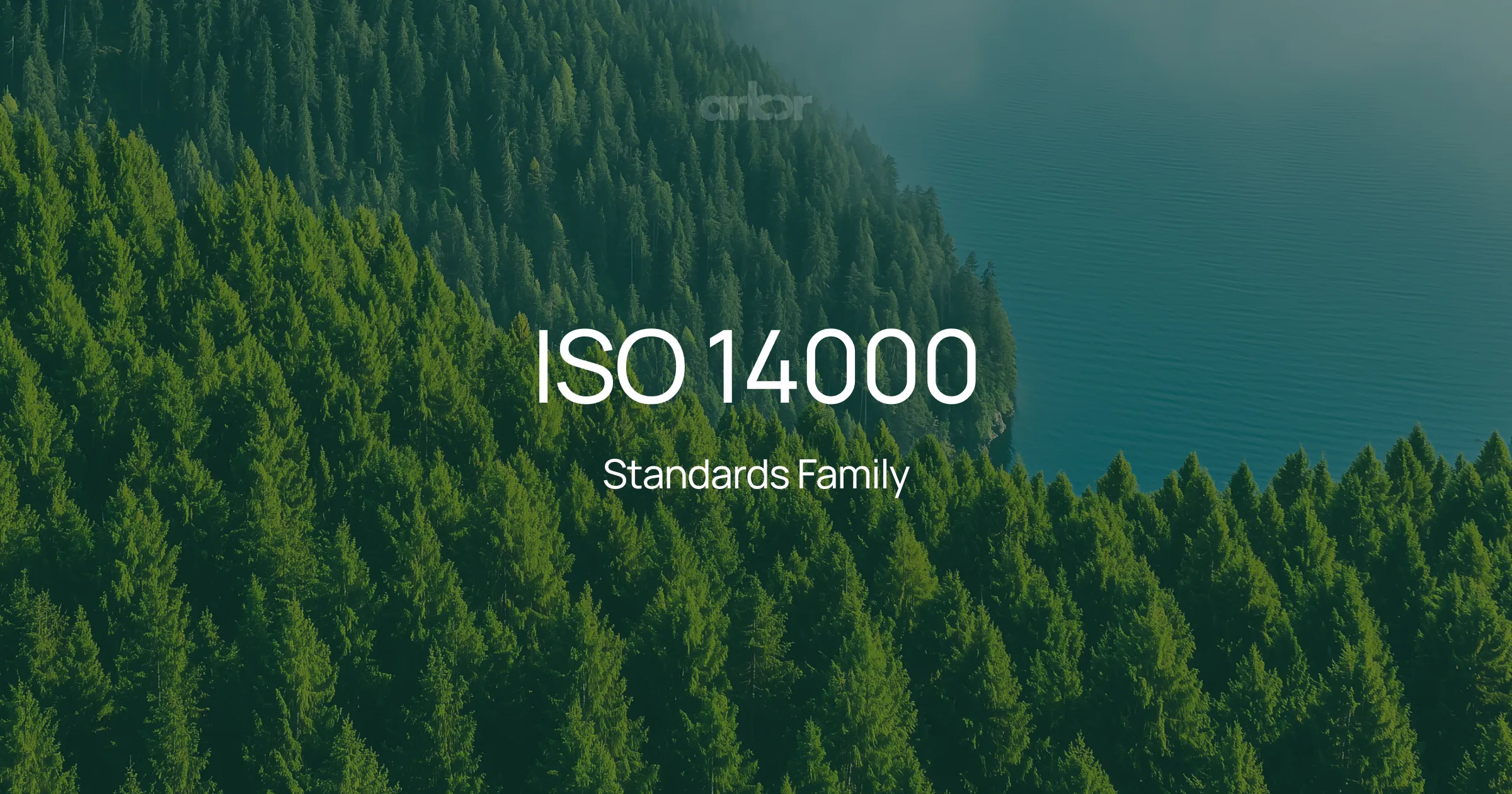
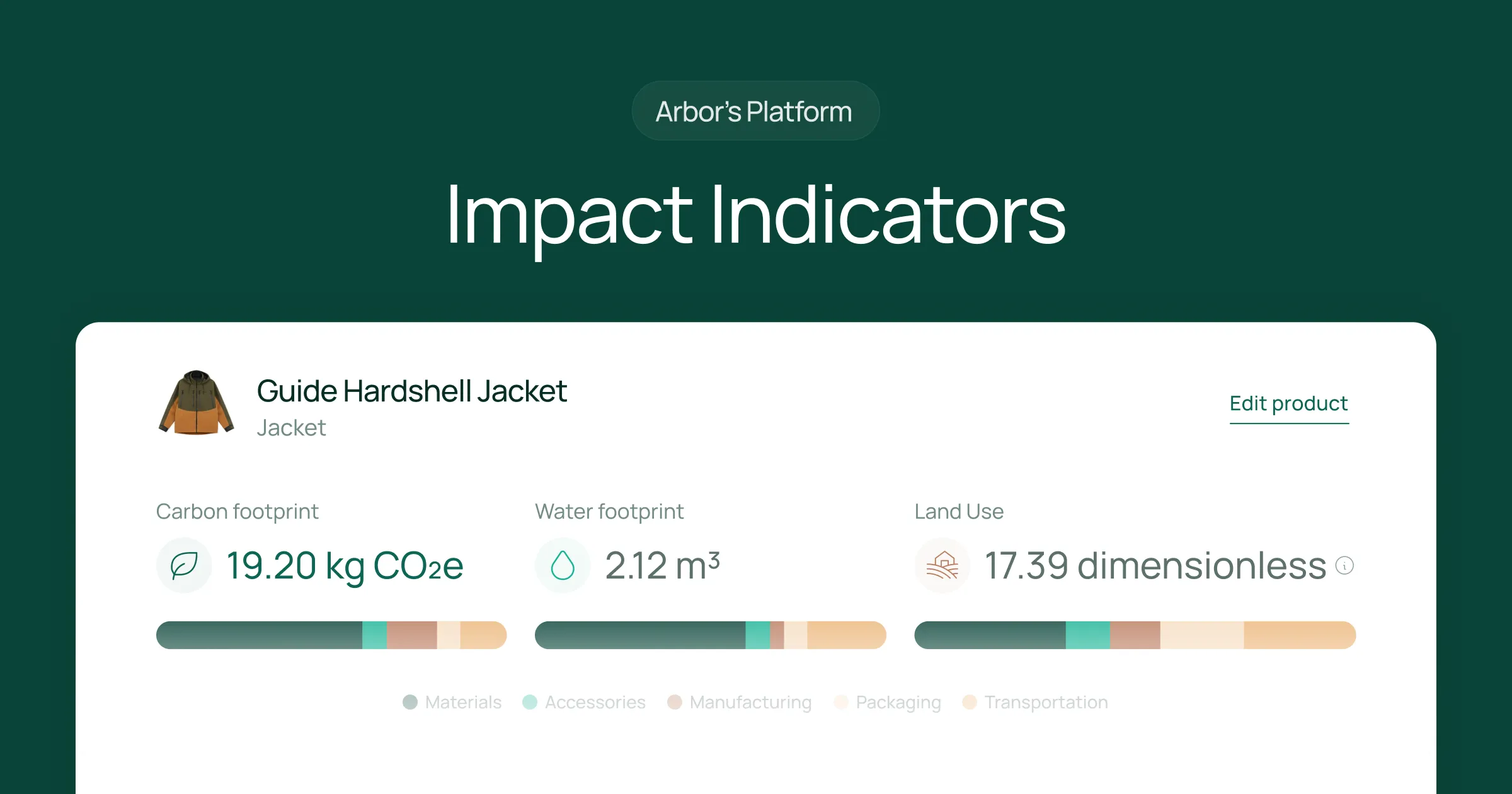
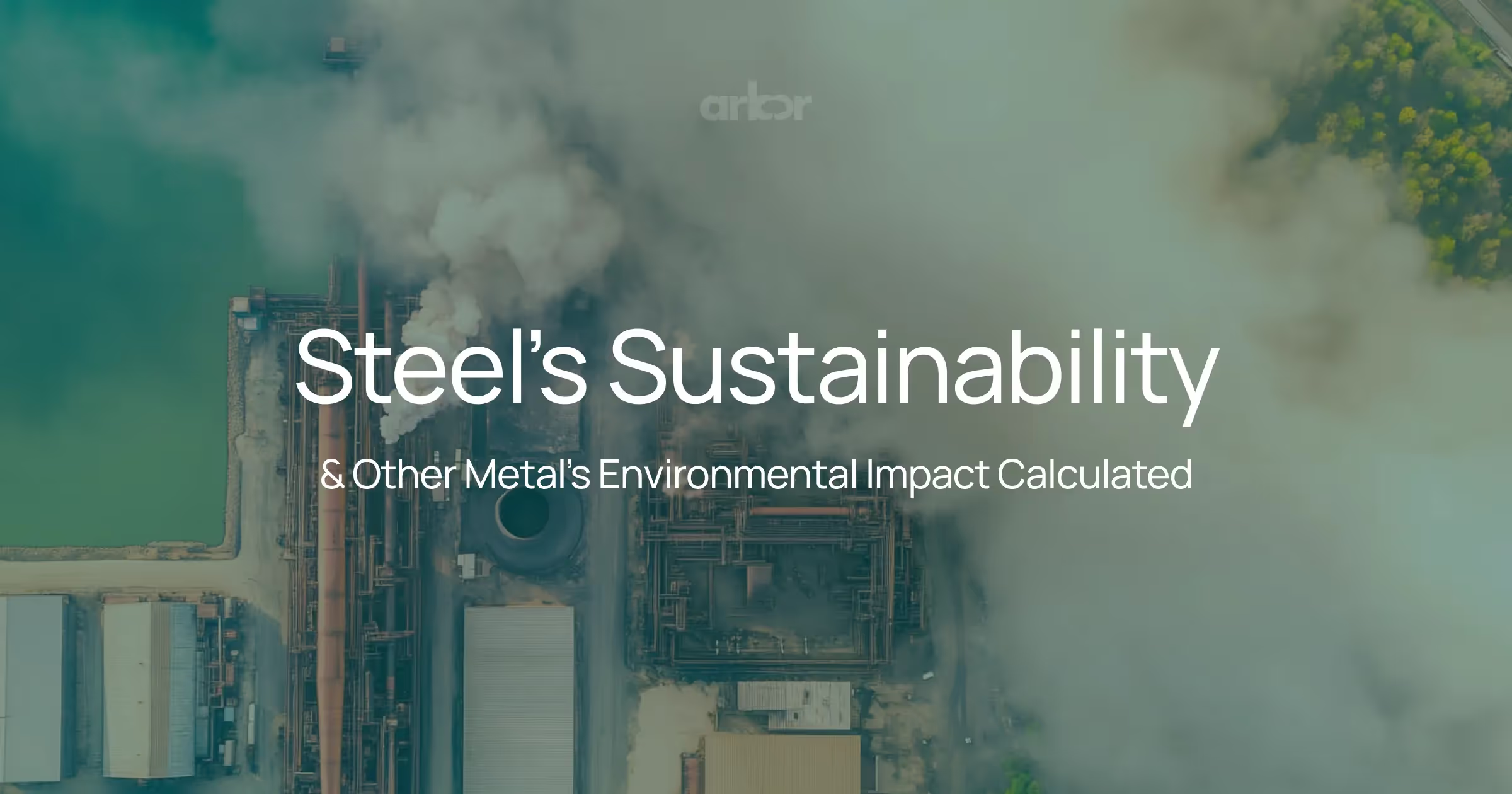

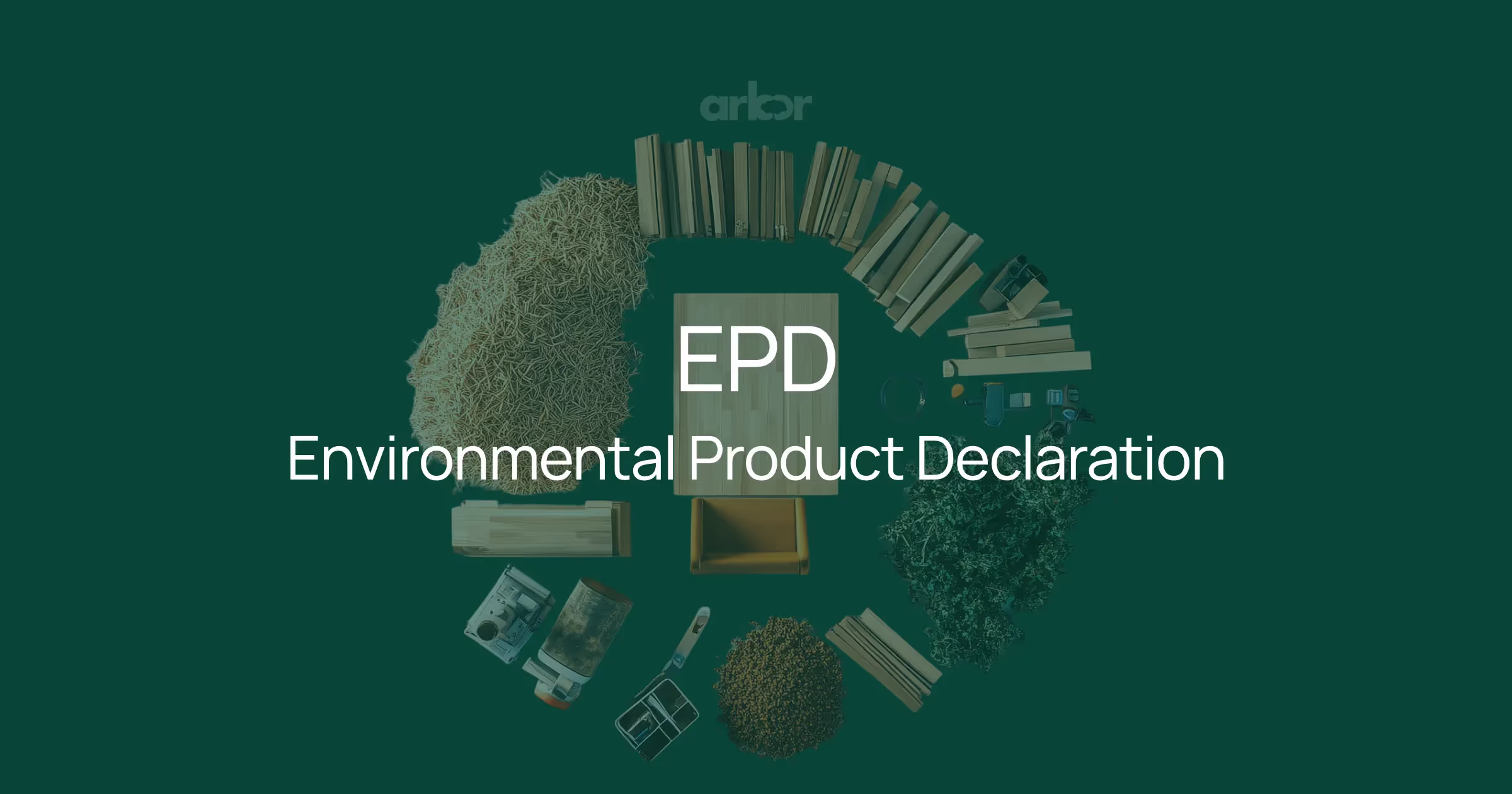
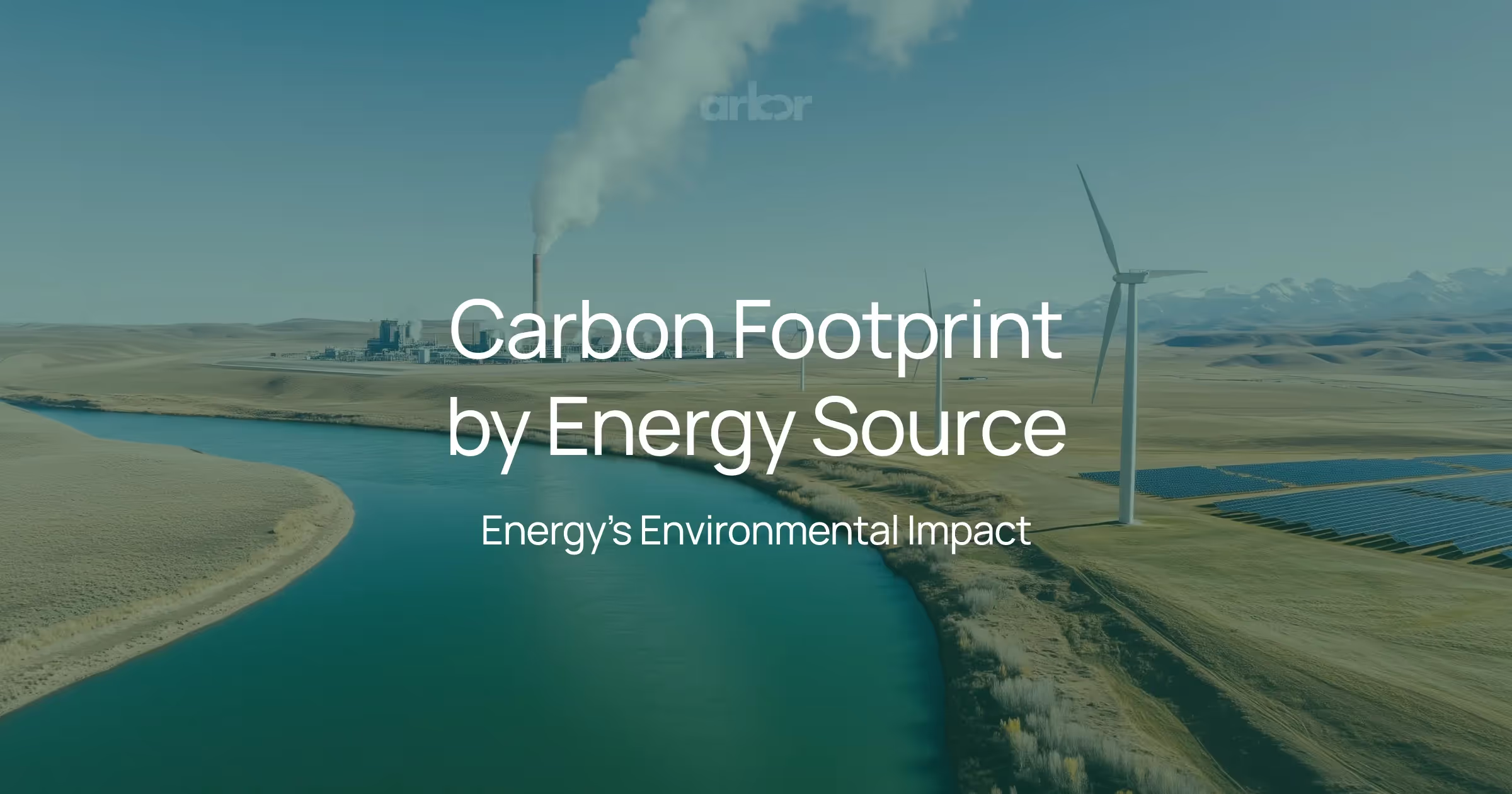
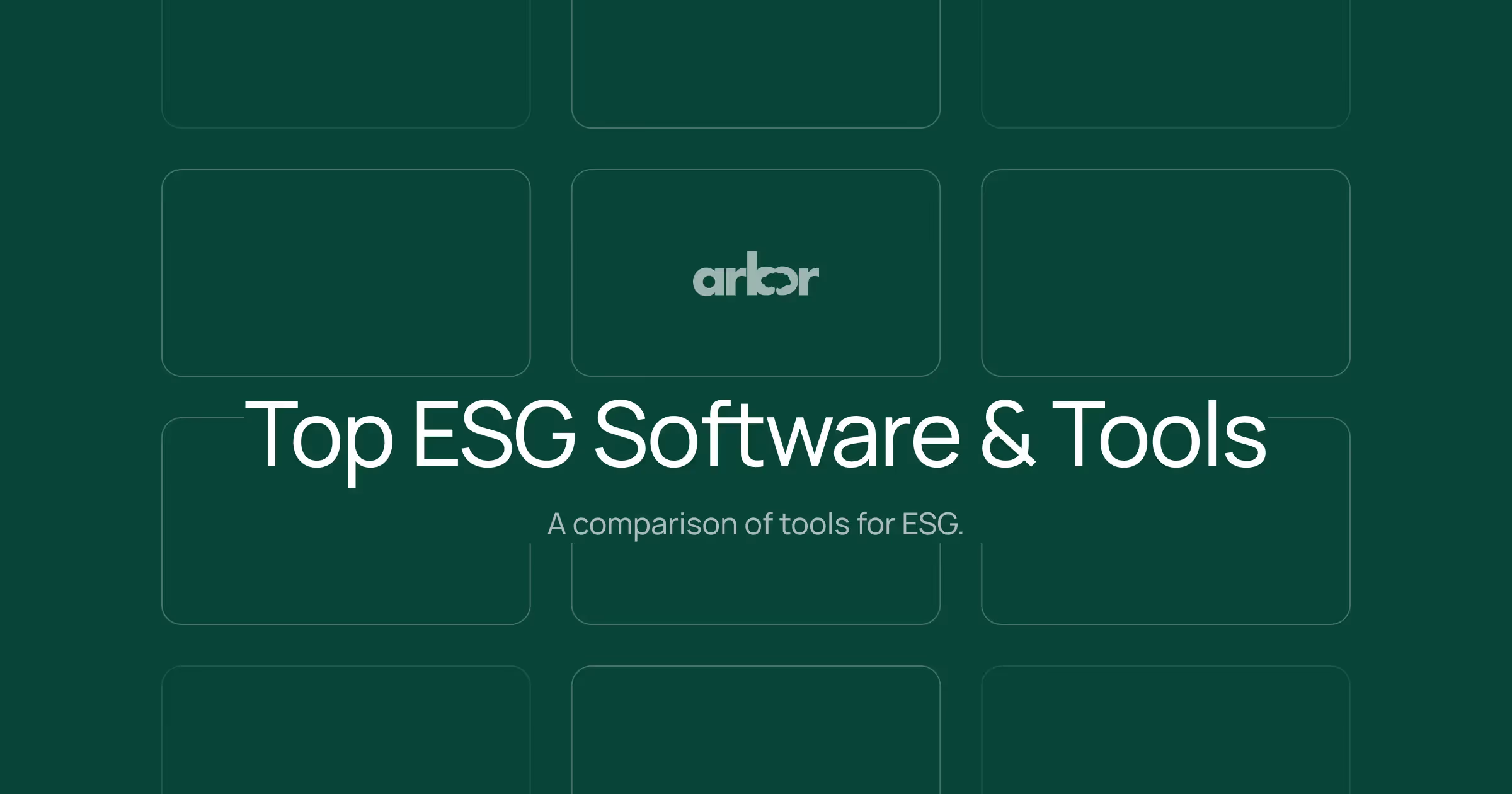
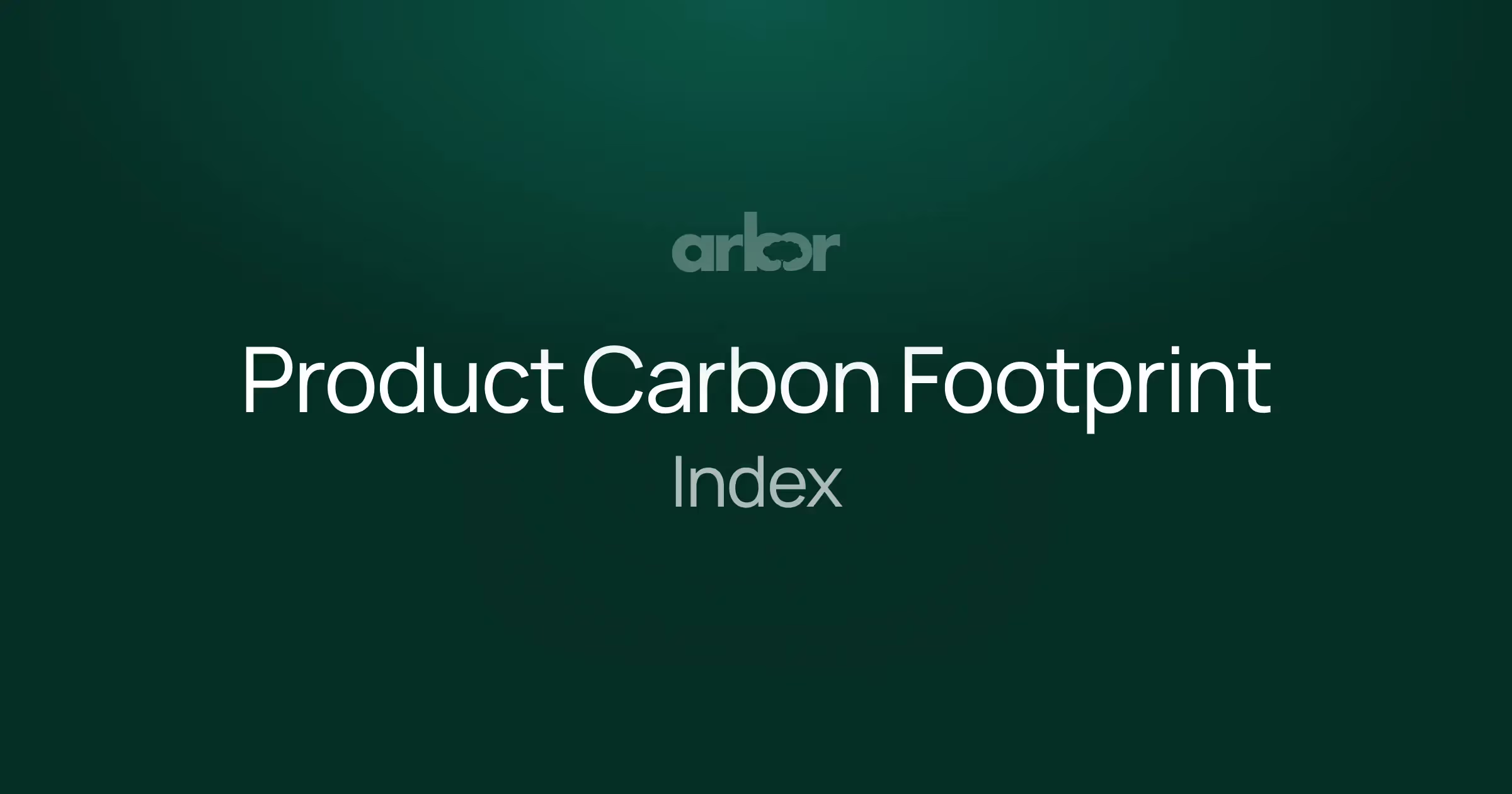
%20Arbor.avif)
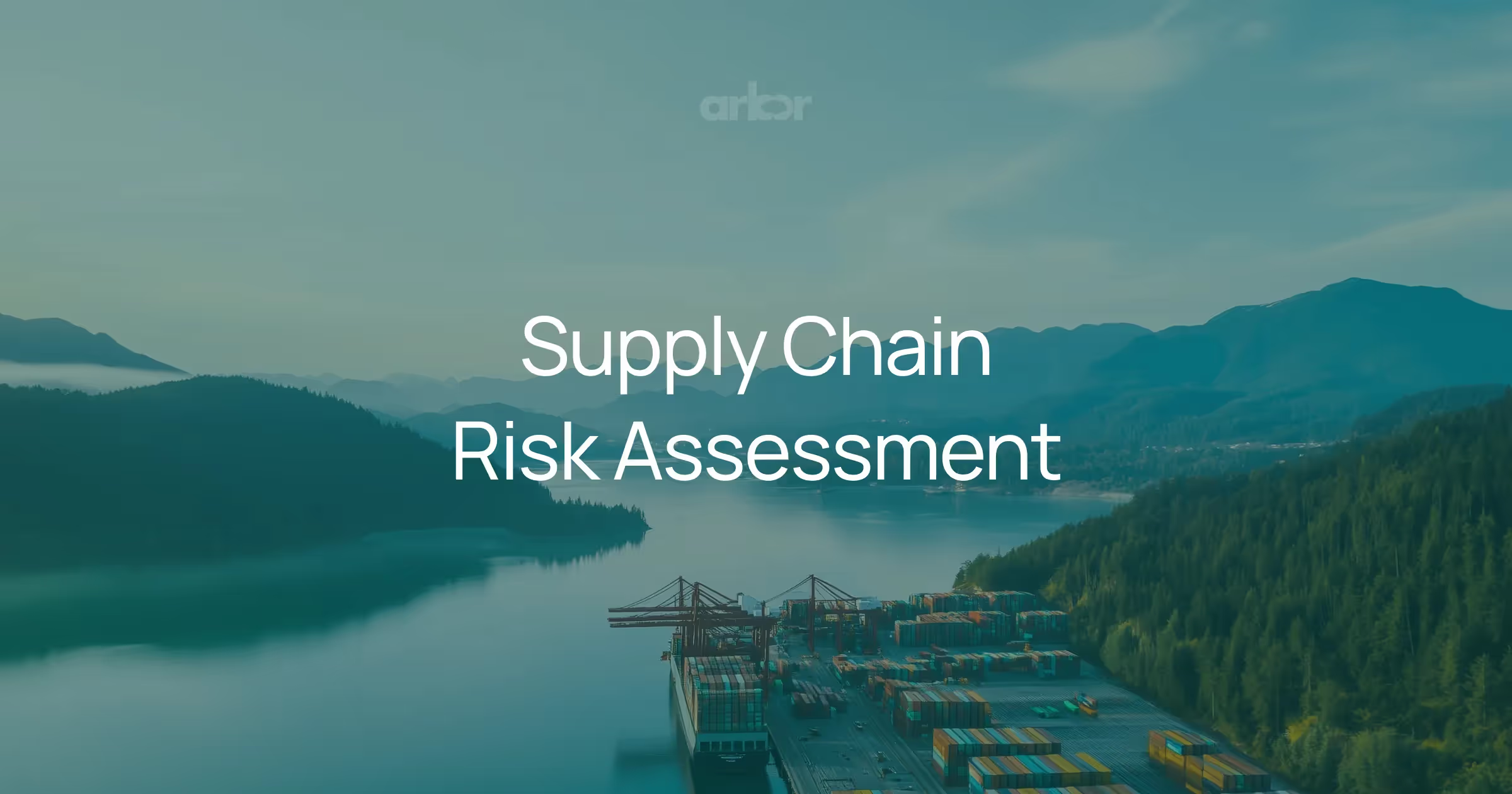
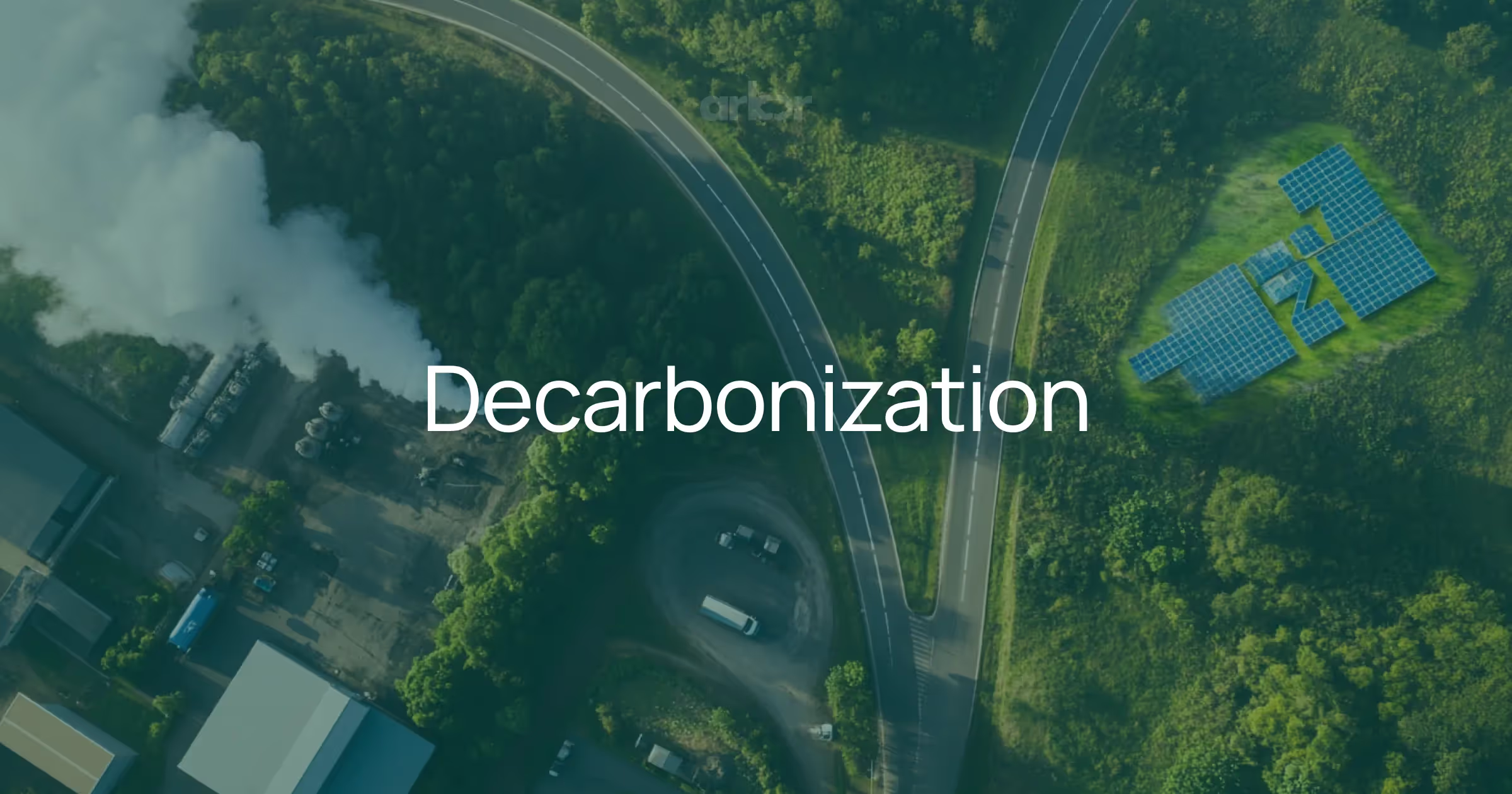

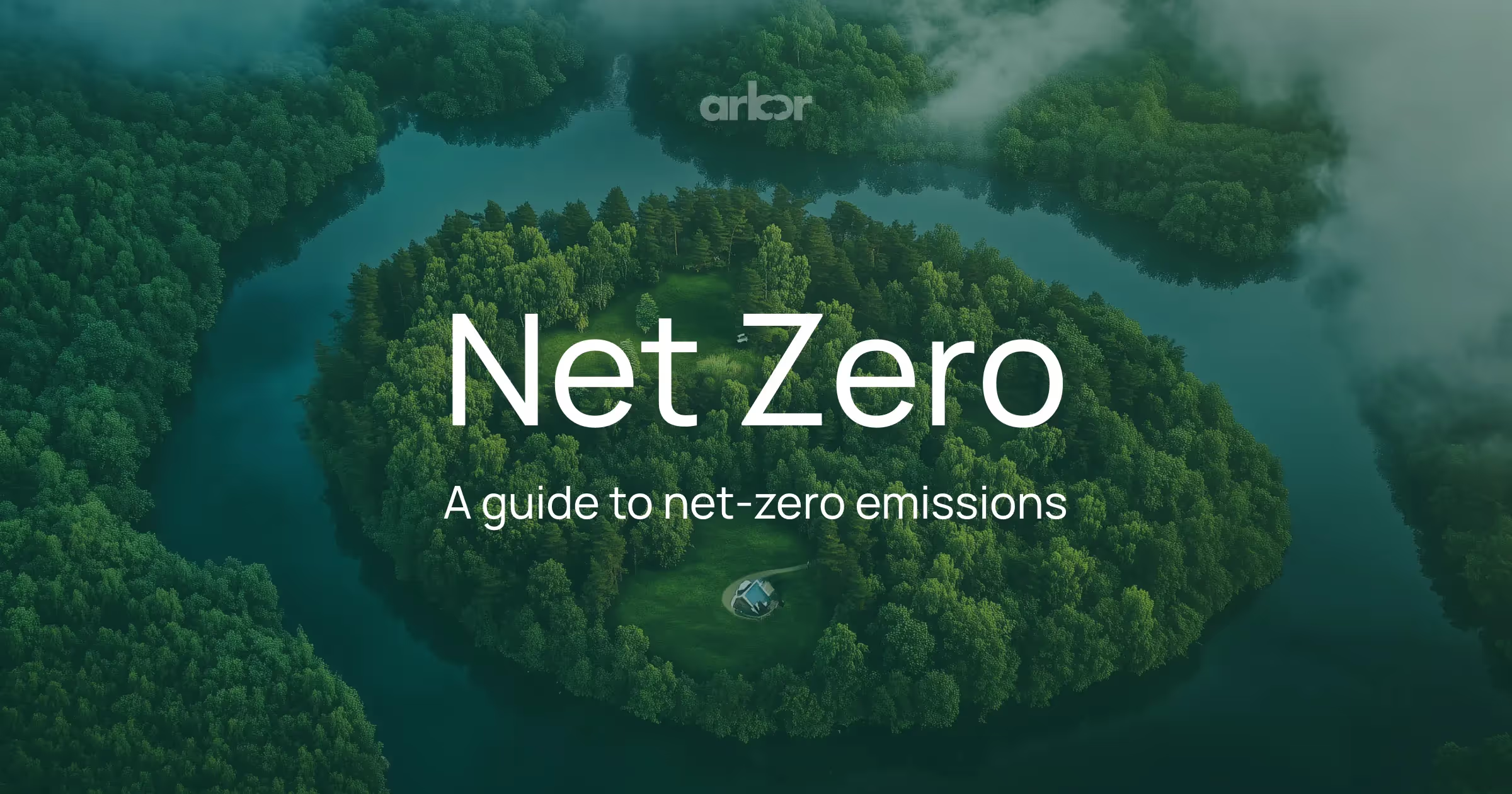

%20Arbor.avif)
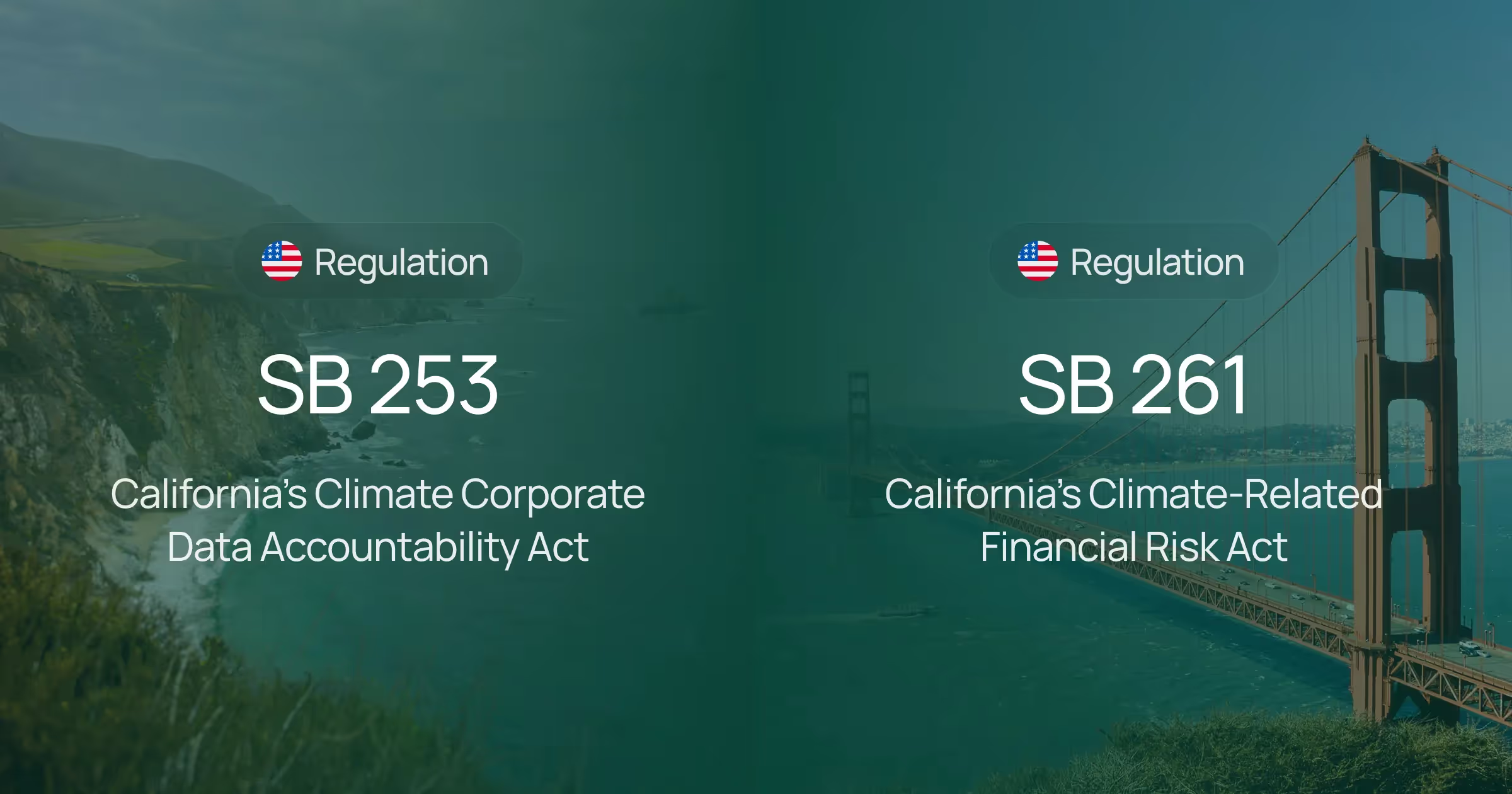

.avif)
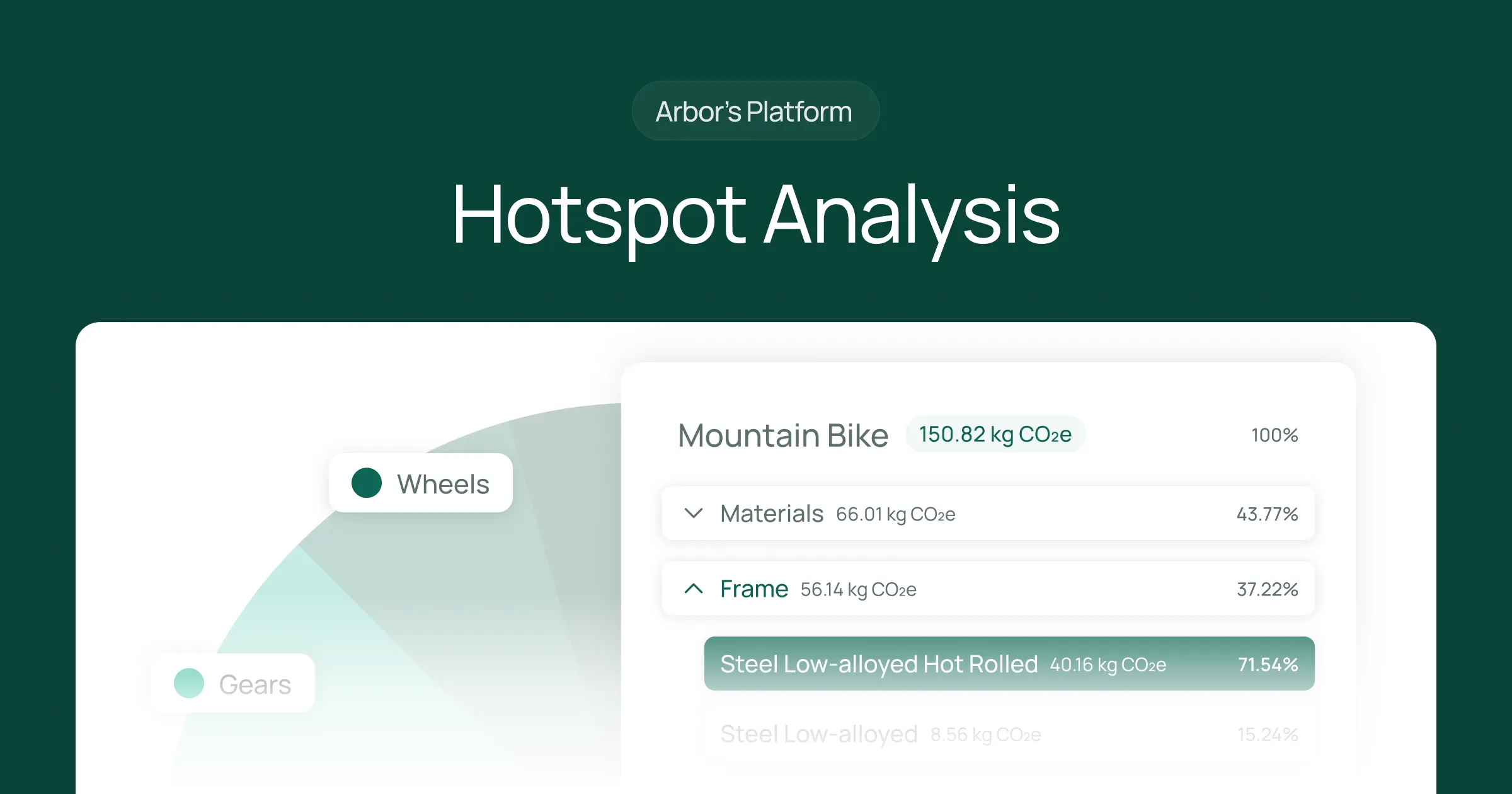
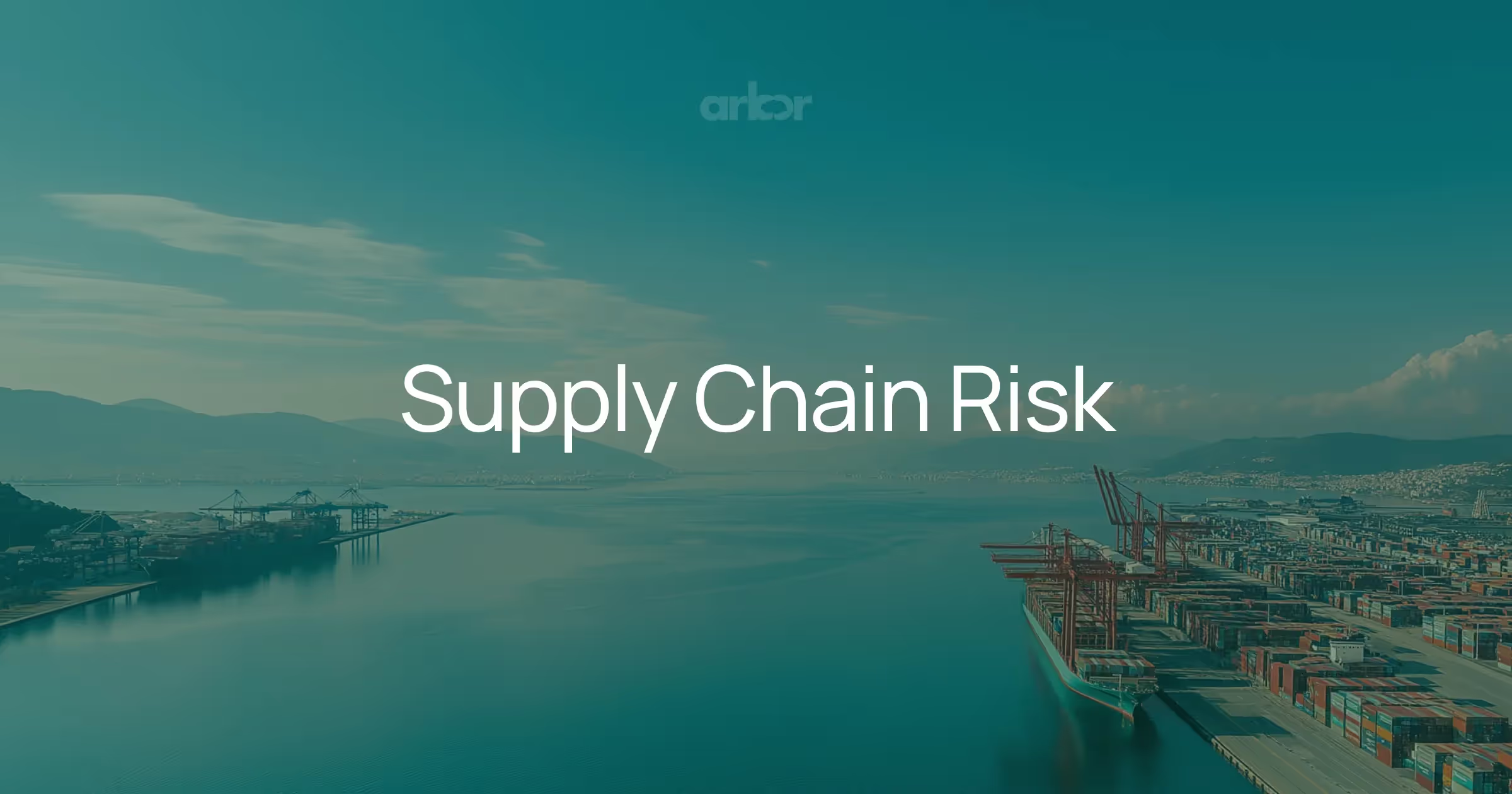
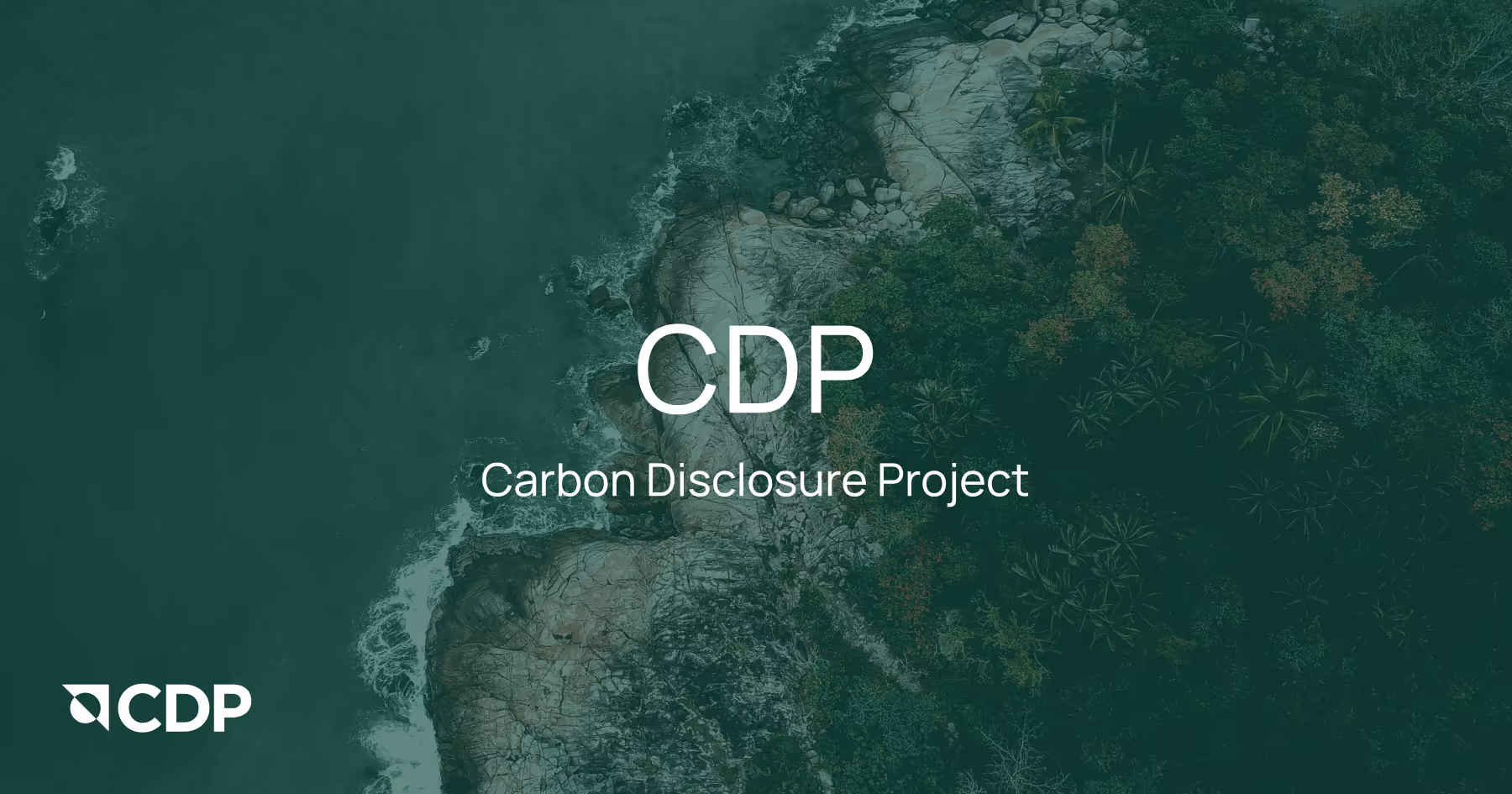

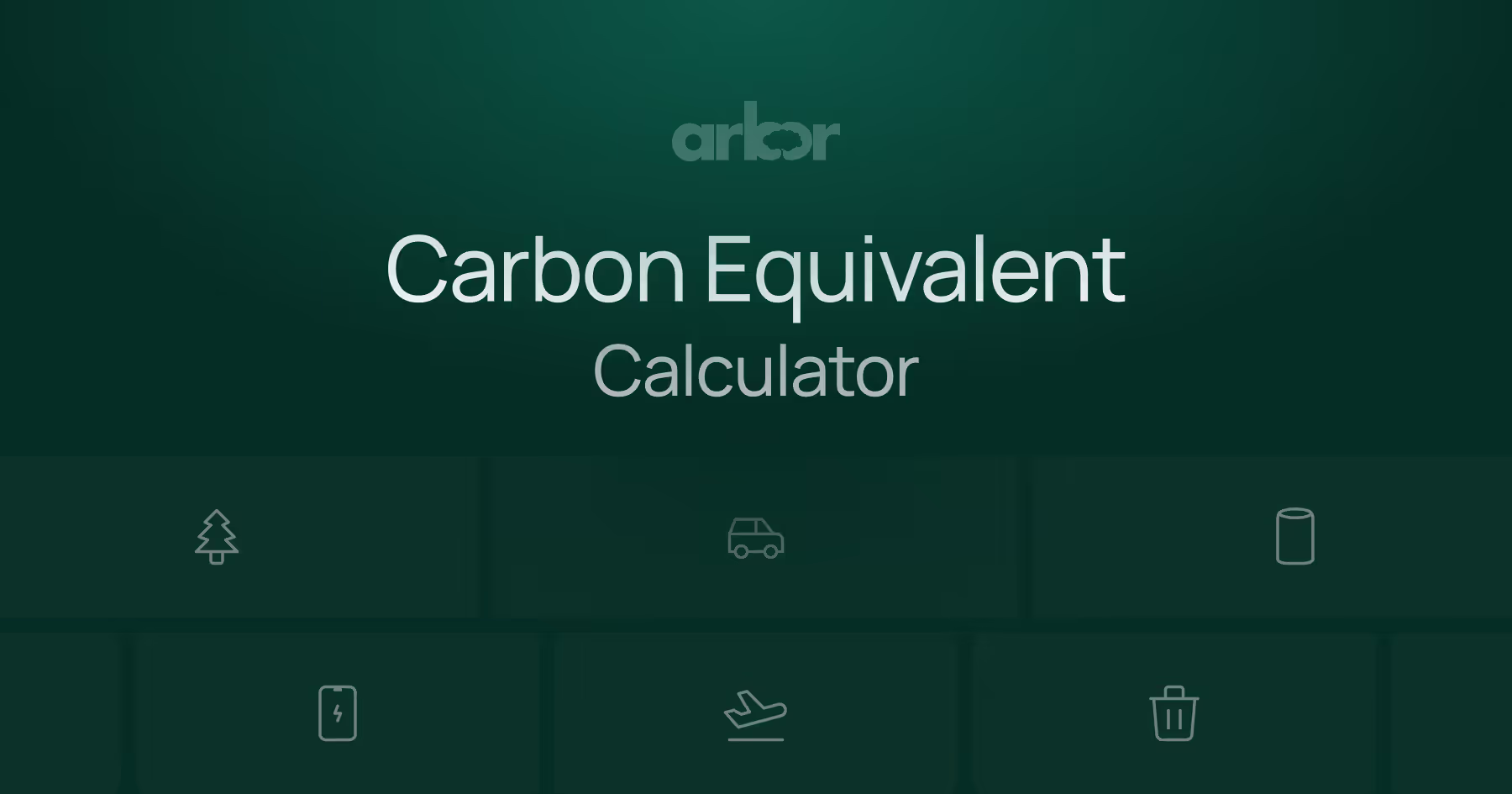
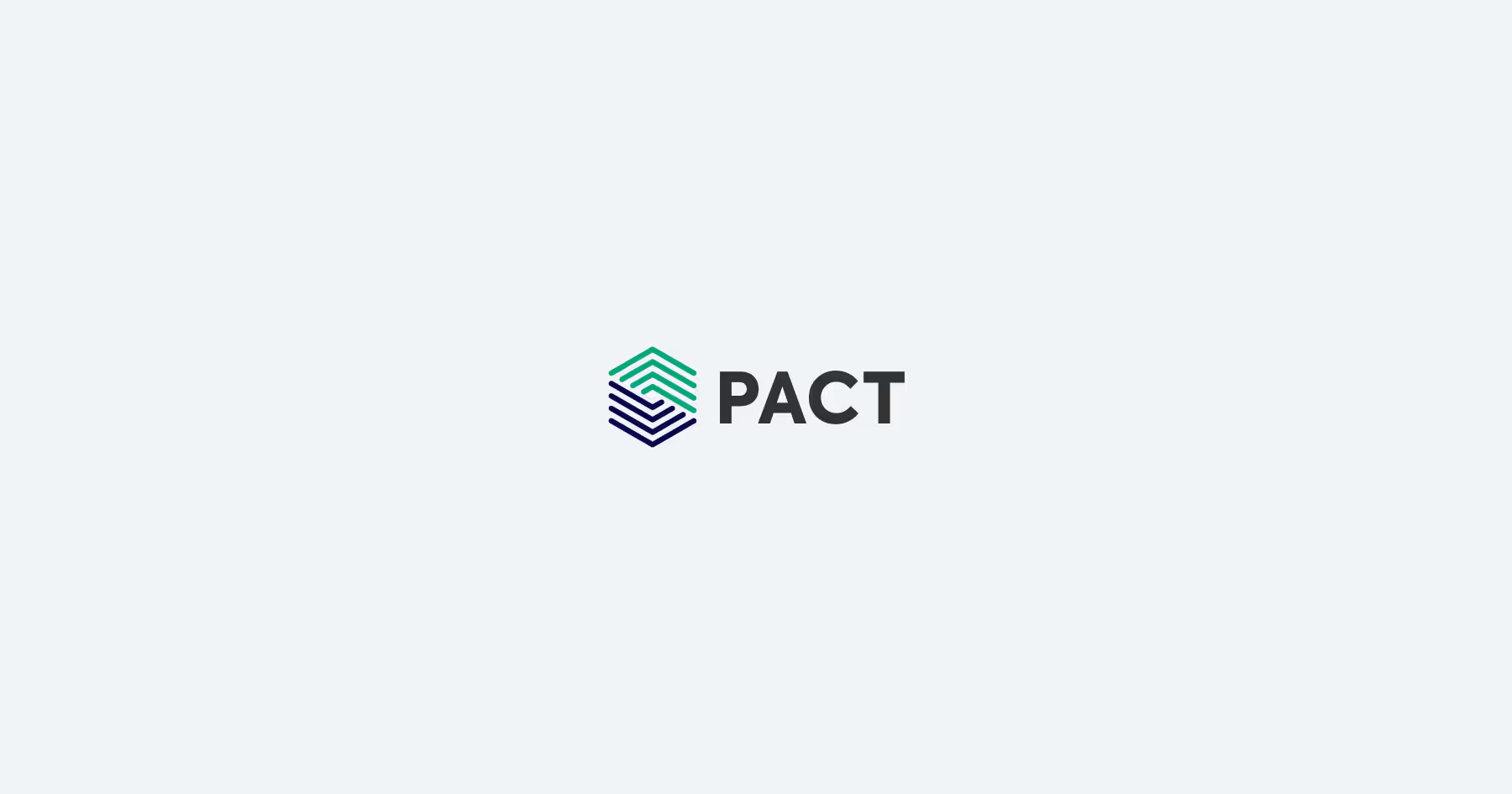
%20Arbor%20Canada.avif)
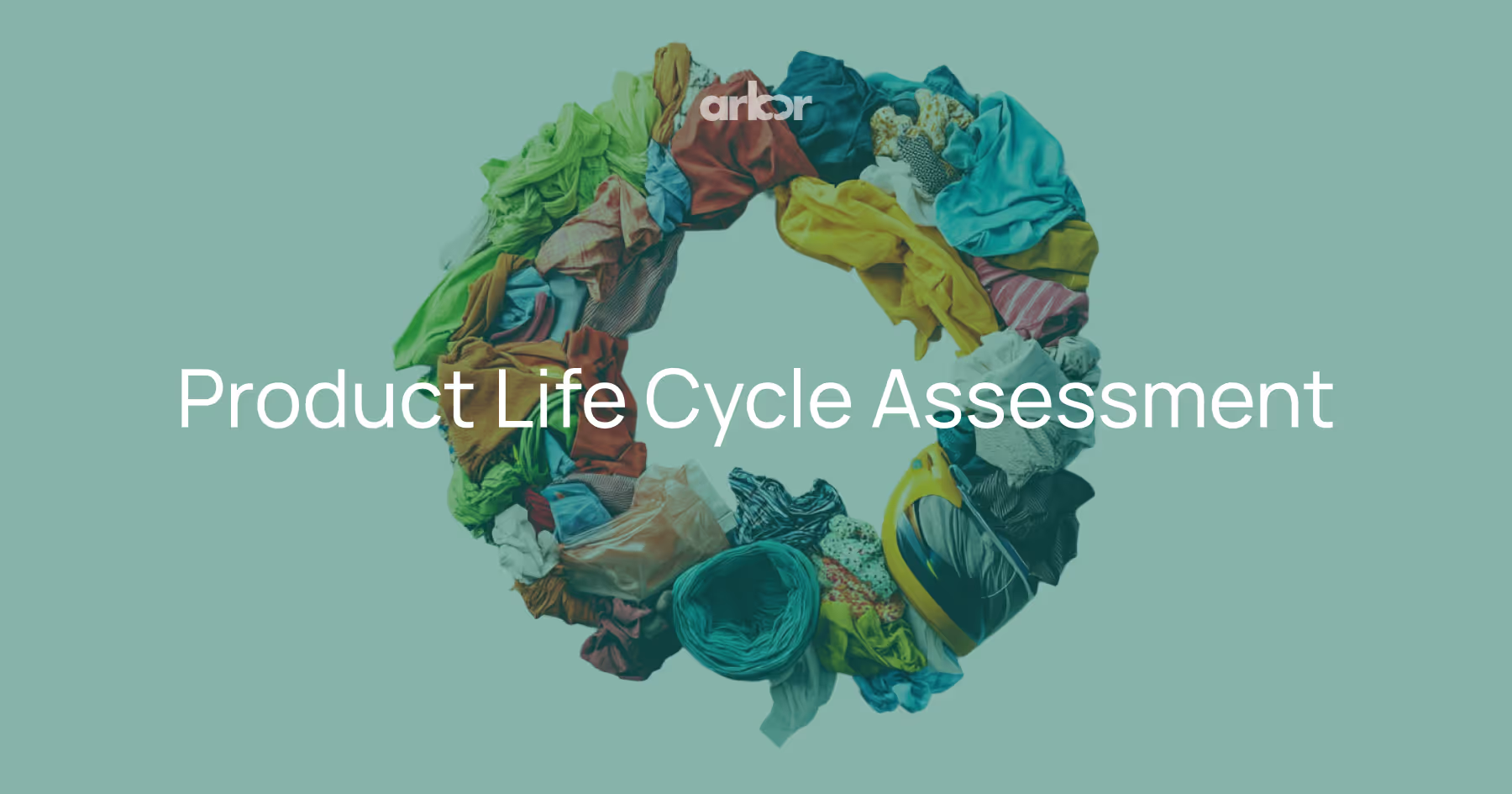
.avif)
%20Arbor.avif)
.avif)
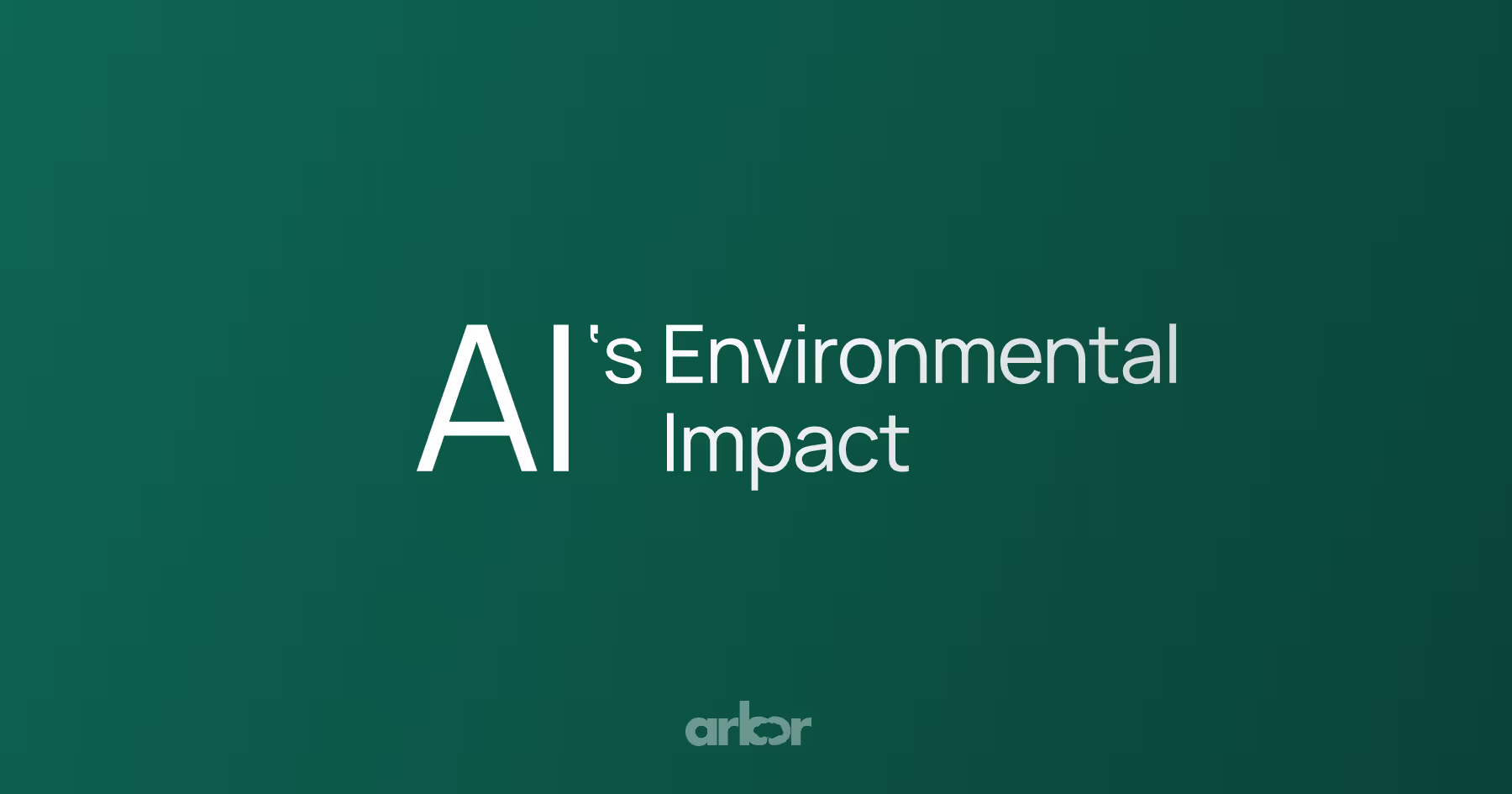

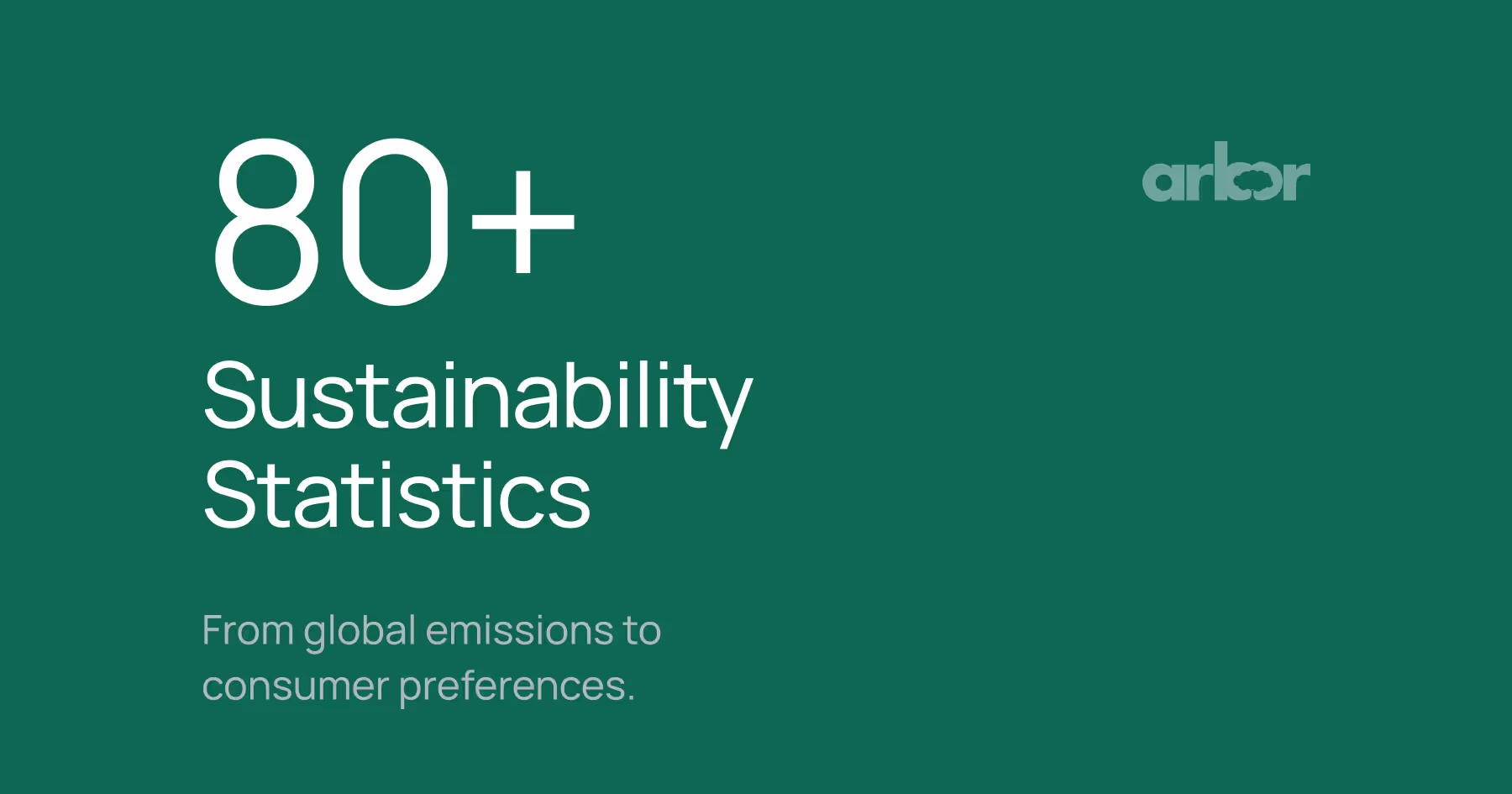



_.avif)
.avif)




%20Software%20and%20Tools.avif)





.avif)
.avif)
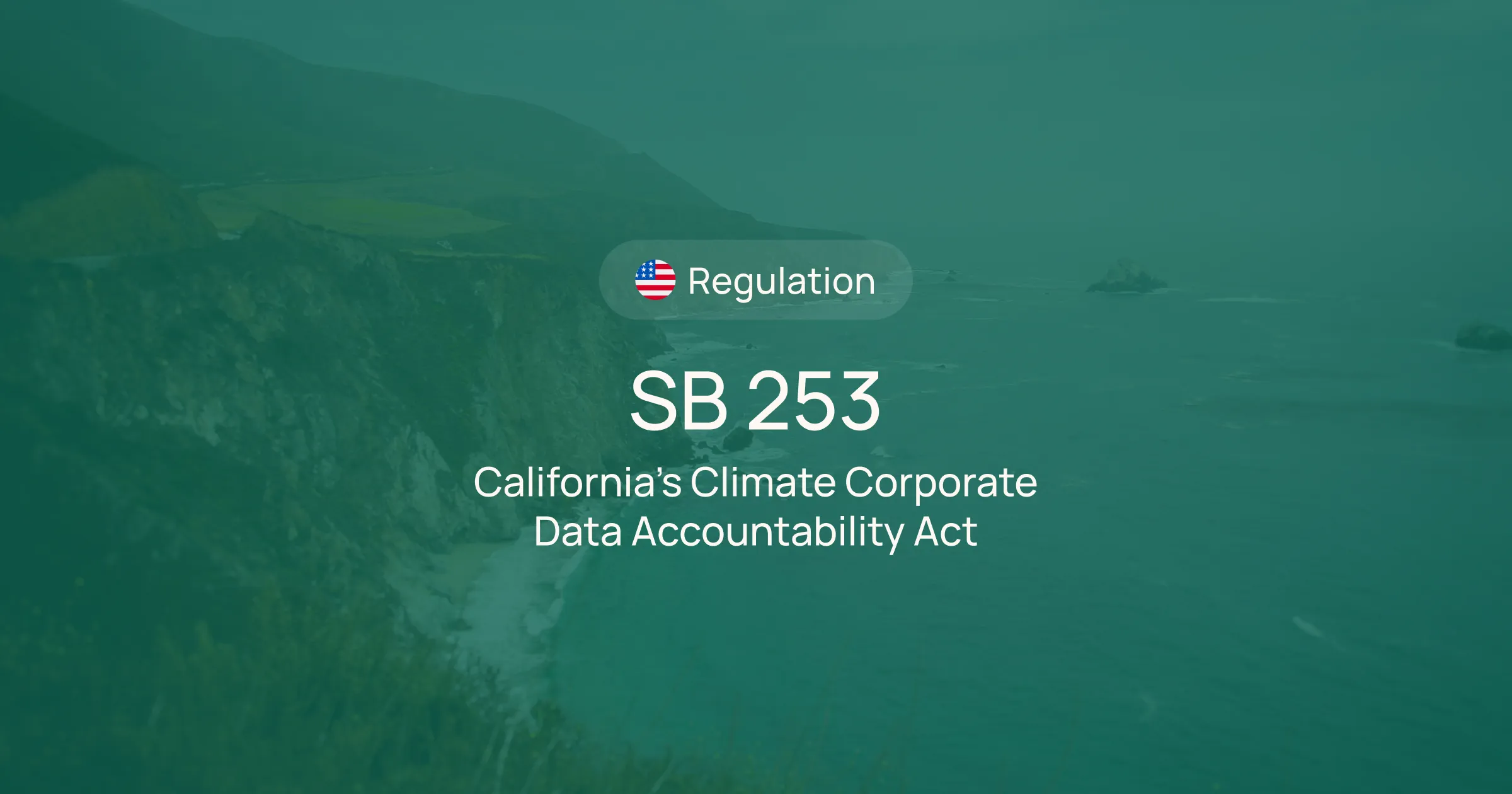



%20EU%20Regulation.avif)












.avif)


%20Arbor.avif)









_%20_%20Carbon%20101.avif)







.avif)

.avif)
.avif)










